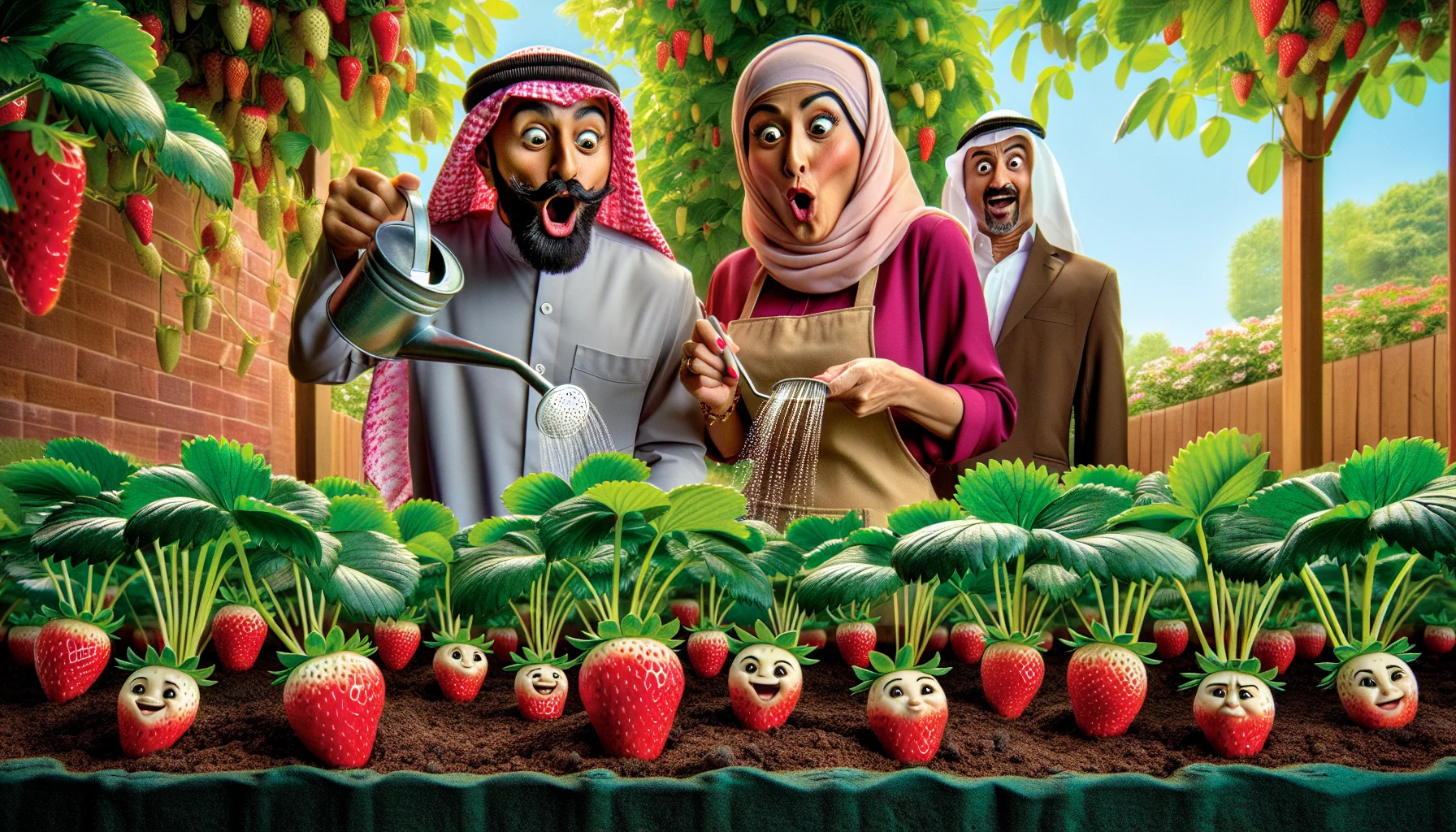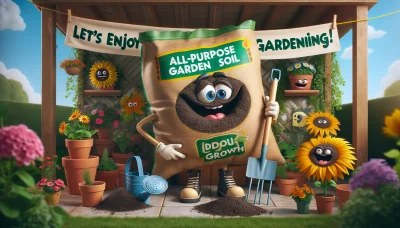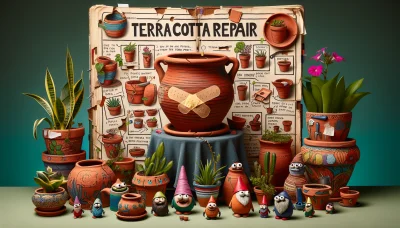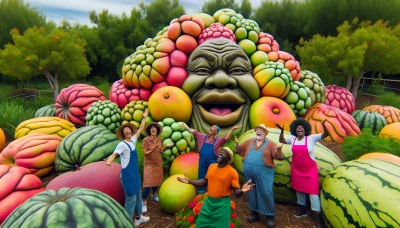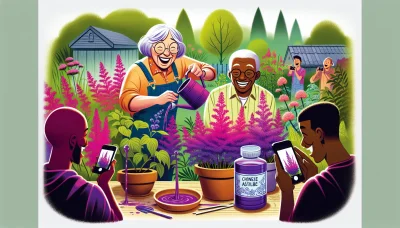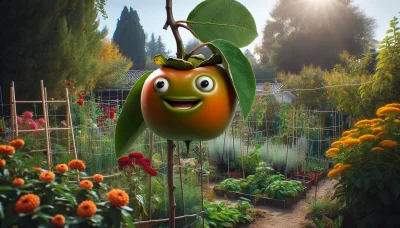Growing strawberries from seed Quiz
Test Your Knowledge
Question of
Growing Strawberries from Seed: A Comprehensive Guide
Growing strawberries from seed can be a particularly rewarding aspect of gardening, offering gardeners the satisfaction of nurturing these beloved fruits from their very inception. Unlike purchasing pre-grown plants, starting strawberries from seed allows for a greater variety of choices, often including rare or heirloom species not typically found in nurseries. This method requires patience, as strawberries grown from seed can take more time to produce fruit, but the reward of harvesting your own, home-grown strawberries is incomparable. It involves starting seeds indoors, often during late winter or early spring, to ensure they are ready to be transplanted outside after the last frost. Proper care during germination and seedling stages is crucial, involving the right balance of moisture, light, and soil preparation. This guide aims to equip you with the knowledge to successfully grow strawberries from seed, making your gardening experience both enjoyable and fruitful.
Choosing the Right Strawberry Seeds
When it comes to growing strawberries, the selection of high-quality seeds is paramount. The quality of the seeds directly influences the health of the plants and the yield of the fruits. There are numerous varieties of strawberries that can be grown from seed, each with its unique flavor, size, and resistance to diseases. From the ever-popular June-bearing varieties that produce a large harvest in early summer to the day-neutral types that can yield fruit throughout the growing season, understanding the characteristics of each variety is essential. Selecting the right strawberry seeds not only ensures a bountiful harvest but also allows gardeners to enjoy the rich, diverse flavors that home-grown strawberries offer.
Step-by-Step Guide to Planting Strawberry Seeds
- Choose the Right Time: Start your seeds indoors 8-10 weeks before the last frost date for your area.
- Soil Preparation: Use a well-draining, loamy soil with a pH between 5.5 and 6.8. Sterilize the soil to kill any pathogens by baking it in the oven for 30 minutes at 250°F (120°C).
- Planting Containers: Fill seed trays or small pots with the prepared soil, leaving a small gap at the top.
- Sowing the Seeds: Place 2-3 strawberry seeds on the surface of each pot and lightly press them into the soil. Do not bury the seeds deeply; they need light to germinate.
- Covering: Lightly sprinkle a thin layer of soil over the seeds or cover the pots with a clear plastic wrap to maintain humidity.
- Watering: Keep the soil moist but not waterlogged. Use a spray bottle to gently mist the soil surface as needed.
- Temperature: Maintain an ambient temperature of 60-75°F (15-24°C) for optimal germination.
- Lighting: Place the pots in a bright location but out of direct sunlight. If necessary, use grow lights to provide sufficient light.
- Germination: Expect seeds to germinate in 2-4 weeks. Once seedlings appear, remove the plastic wrap if used.
- Thinning: When seedlings have their first true leaves, thin them by removing weaker seedlings, leaving the strongest one in each pot.
- Transplanting: After the last frost date, and when seedlings are strong enough, transplant them to their final location in the garden or larger pots.
- Final Location Conditions: Choose a sunny spot with at least 8 hours of sunlight and well-draining soil. Ensure plants are spaced about 10 inches apart to allow for growth and air circulation.
Caring for Your Strawberry Seedlings
Strawberry seedlings require careful attention to thrive and eventually bear fruit. Watering is crucial; the soil should be kept moist but not waterlogged to avoid root rot. These seedlings prefer full sunlight, requiring at least six to eight hours of direct sunlight daily for optimal growth. When it comes to soil conditions, well-drained, loamy soil with a slightly acidic pH between 5.5 and 6.8 is ideal. Regular checks for pests and diseases will help ensure your strawberry plants grow healthy and strong.
Transplanting and Growing Strawberries Outdoors
Transplanting strawberry seedlings outdoors is best done in the early spring or fall, avoiding the extreme heat of summer. Choose a sunny spot as strawberries require at least 6-8 hours of direct sunlight per day. The soil should be well-draining, rich in organic matter, and have a pH between 5.5 and 6.8. When planting, ensure the crown of the plant is just above the soil surface and space the seedlings 18-24 inches apart in rows that are 3-4 feet apart. This spacing allows for adequate air circulation, reducing the risk of disease while providing enough room for runners that will emerge. Regular watering and mulching will help maintain moisture and control weeds, creating an ideal environment for your strawberries to thrive.
Common Challenges in Growing Strawberries from Seed
- Pests: Slugs, snails, and aphids can cause significant damage to young strawberry plants.
- Diseases: Fungal diseases like powdery mildew and botrytis (gray mold) can severely affect the growth and fruit production.
- Environmental Stressors: Extreme temperatures, either too hot or too cold, can hinder germination and plant development.
- Soil Requirements: Strawberries require well-drained, fertile soil with a balanced pH, and failing to meet these conditions can lead to poor plant health.
- Watering: Over-watering or under-watering can stress the plants, leading to poor growth and yield.
- Light: Insufficient sunlight can result in weak plants and reduced fruiting, as strawberries need full sun to thrive.
- Weed Competition: Weeds can outcompete strawberry seedlings for nutrients, water, and light, significantly hindering plant growth.
Harvesting and Enjoying Your Strawberries
Knowing when your strawberries are ready for harvest is key to enjoying the sweetest, juiciest fruits. Look for berries that are fully red, with no white or green spots, as these are indicators that they have reached their peak ripeness. Gently twist the berries off the stem rather than pulling, to avoid damaging the plant or fruit. Once harvested, your strawberries can be enjoyed in a multitude of ways. Fresh off the vine, they are perfect for eating as is, or you can incorporate them into salads, desserts, jams, or smoothies. For a special treat, dip them in chocolate and let them cool for a delightful dessert. Remember, freshly picked strawberries won't last long, so plan to enjoy them soon after harvesting for the best taste and texture.
